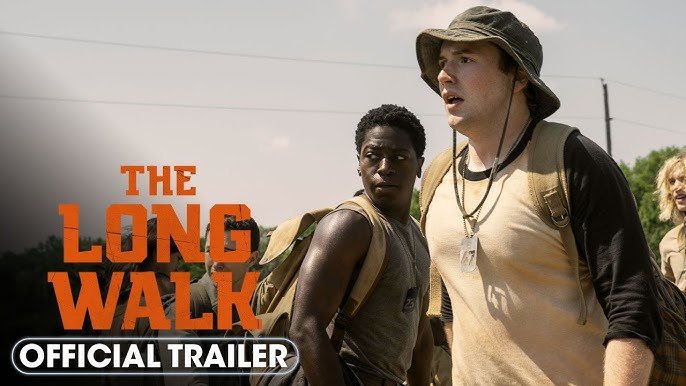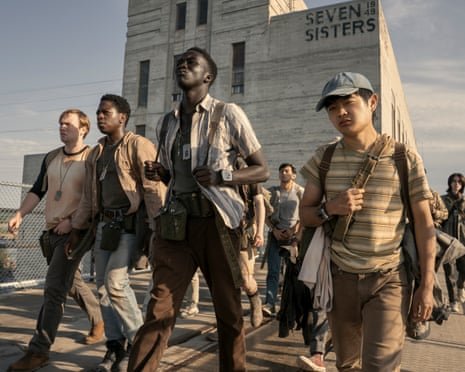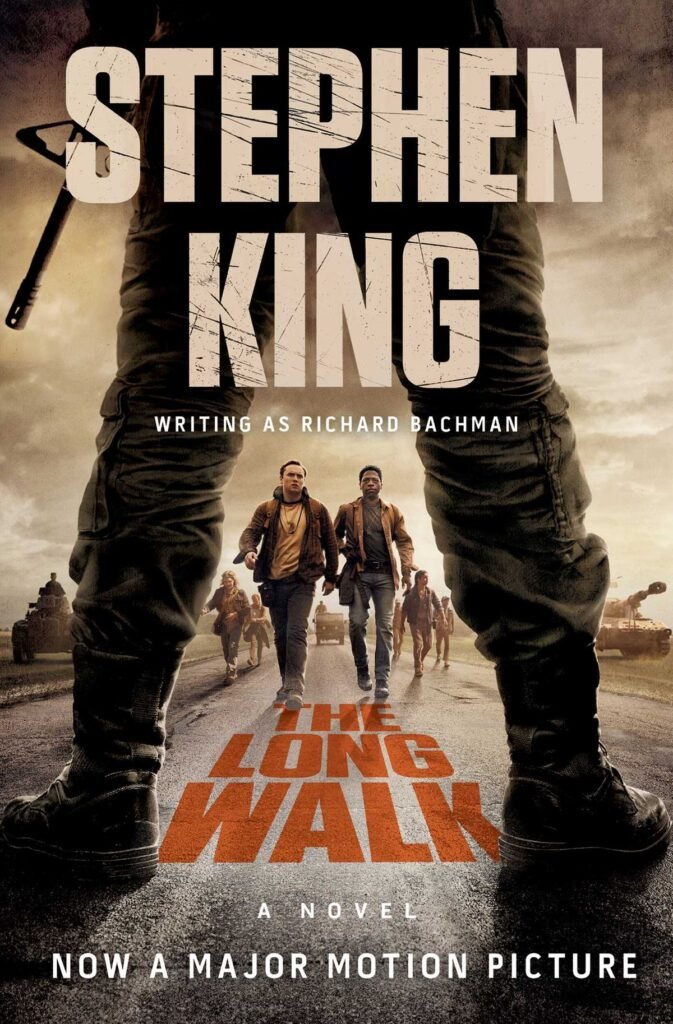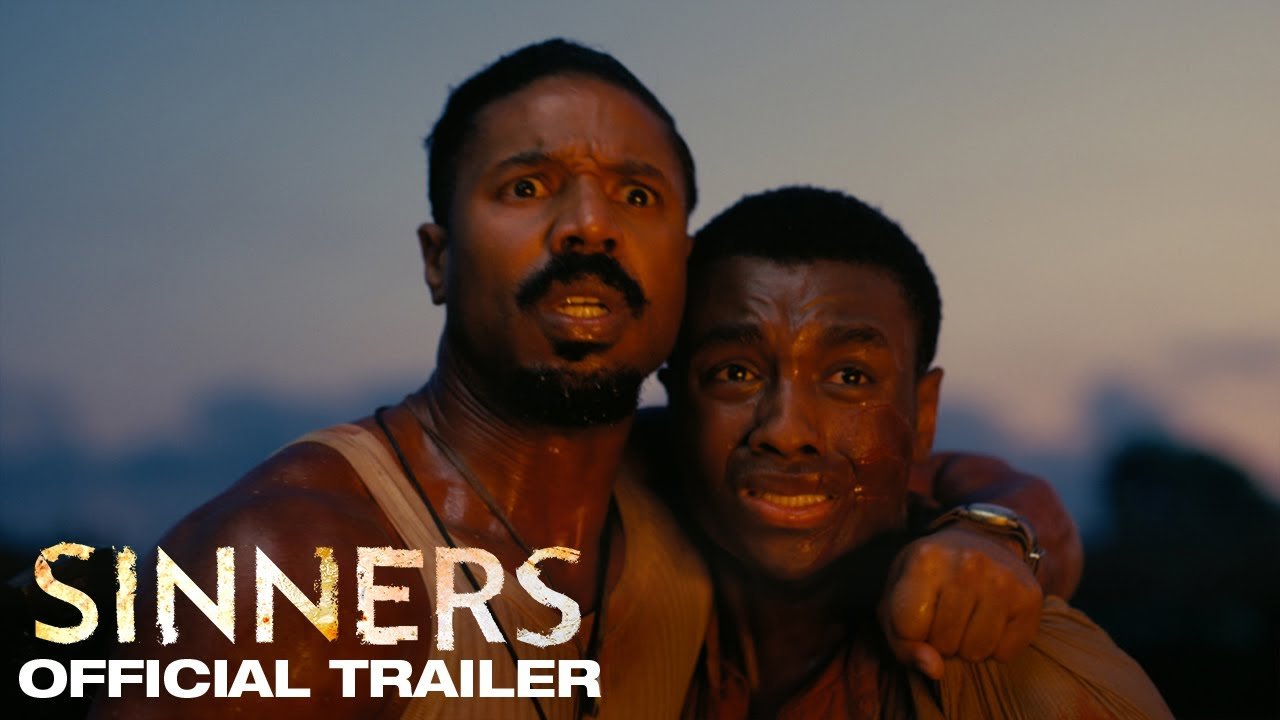The Long Walk (2025 movie) blends Stephen King’s chilling vision with brutal human endurance. Directed by Francis Lawrence, starring Cooper Hoffman & David Jonsson.
📑 Table of Contents
- Introduction
- Plot Overview
- Background and Inspiration
- Direction and Cinematic Vision
- Performances and Cast
- Themes and Symbolism
- Cinematography and Visual Style
- Music and Sound Design
- Emotional Impact
- Comparison with Stephen King’s Novel
- Critical Reception and Audience Response
- Final Verdict
🎬 Introduction to The Long Walk movie
Francis Lawrence returns to the dystopian genre with a gripping adaptation that pushes audiences into an unforgiving contest of endurance. Based on Stephen King’s early novel, the film transforms a simple premise into an emotionally draining survival drama. Released in 2025, it has already gained recognition for its bold storytelling and uncompromising style. The story unfolds in a society where power dictates every breath, and the Walk becomes both punishment and entertainment for millions.
Unlike traditional blockbusters, this narrative takes its time, focusing on silence, pain, and psychological collapse rather than explosive action. The characters are not superheroes but vulnerable teenagers who are forced to confront despair with every step. This approach keeps the movie grounded, making its emotional weight impossible to ignore.
With its powerful setup and chilling themes, the film stands as one of the most unique King adaptations yet. Its brutal honesty and intimate portrayal of human suffering separate it from other dystopian works, ensuring it resonates long after the credits roll.
📖 Plot Overview of The Long Walk movie
The narrative follows a group of one hundred boys selected to participate in a government-run event where they must walk endlessly under strict rules. Dropping below four miles per hour means instant elimination in the most brutal fashion. There is no room for hesitation, no escape, and no mercy. The last remaining walker is promised a prize that fulfills any wish, but the cost of reaching that point is horrifying.
At the heart of the story is Ray Garraty, a determined yet conflicted teenager who learns quickly that every companion is also a rival. As the journey continues, friendships form and dissolve, while exhaustion and paranoia become constant shadows. Each mile strips away the innocence of the participants, revealing raw human instincts and fragile hope.
This slow, suffocating pace forces viewers to share the walkers’ burden, making the movie more than just a thriller. It is a meditation on survival, ambition, and the thin line between victory and tragedy.
📚 Background and Inspiration behind The Long Walk movie
Stephen King originally published this story under his Richard Bachman pseudonym in 1979, and it has remained one of his most haunting works. Its unflinching focus on endurance, death, and authoritarian spectacle made many believe it could never work as a film. Yet, with careful vision and an appetite for unconventional storytelling, the 2025 adaptation finally gives the novel cinematic life.

The tale reflects cultural anxieties about power, control, and the public’s willingness to consume suffering as entertainment. These themes feel even sharper today, in a world where televised competitions and streaming platforms often blur the boundary between empathy and voyeurism.
This adaptation stands as both a tribute to King’s original vision and a bold artistic experiment. By staying close to the source while using visual storytelling to magnify emotion, it captures the essence of the book while reaching a modern audience.
🎥 Direction and Cinematic Vision in The Long Walk movie
Francis Lawrence crafts the story with patience and precision, allowing silence and endurance to drive the tension. Rather than filling the screen with spectacle, he builds unease through minimal dialogue, relentless pacing, and stark landscapes. Each shot magnifies the monotony and despair, making the audience feel trapped in the same endless journey as the characters.
His approach mirrors the psychological decay of the walkers, pulling viewers deeper into their suffering. Long tracking shots, harsh natural light, and empty roads serve as visual metaphors for exhaustion and futility. Instead of high-octane sequences, the focus remains on the crushing mental toll of the contest.
This choice gives the movie a raw authenticity rarely seen in dystopian cinema. By resisting familiar formulas, Lawrence ensures the film is both faithful to King’s work and daringly original in execution.
🎭 Performances and Cast of The Long Walk movie
Casting plays a crucial role in bringing emotional depth to the story. Cooper Hoffman leads as Ray Garraty, delivering a nuanced performance that balances resilience with vulnerability. His portrayal captures the protagonist’s gradual unraveling while keeping him deeply relatable. David Jonsson, portraying McVries, adds strength and humanity, creating a friendship dynamic that grounds the narrative in genuine emotion.
The supporting cast adds richness by embodying distinct personalities among the walkers. From quiet endurance to explosive collapse, each character becomes memorable despite the minimal dialogue. Their authenticity ensures that every loss feels devastating and every bond feels fragile.
The performances anchor the film, making it impossible to look away from the relentless suffering onscreen. Without such layered portrayals, the story’s heavy themes might have lost impact, but instead, they resonate powerfully.
🌀 Themes and Symbolism in The Long Walk movie
The movie thrives on themes that transcend dystopian fiction. At its core, it examines the human cost of ambition, the fragility of freedom, and the cruelty of systems built on power. The Walk itself becomes a symbol of endurance under oppressive rule, where every step reflects obedience, fear, and survival.
Symbolism weaves throughout the story. The uniform pace mirrors society’s demand for conformity, while the punishments highlight the dangers of resisting control. At the same time, fleeting friendships and moments of compassion remind viewers of resilience even in the darkest times.
These layered themes push the audience to reflect on their own relationship with entertainment and morality. By blending allegory with realism, the movie ensures its impact lingers long after leaving the theater.

📸 Cinematography and Visual Style in The Long Walk
The visual style of the film is one of its greatest achievements, capturing the relentless monotony of the Walk while keeping viewers immersed in its suffocating atmosphere. The highways stretch endlessly across landscapes that feel both familiar and alien, reflecting the despair of the boys who have no choice but to continue. From early morning mist to the blazing afternoon sun, the cinematography treats nature as a silent but merciless antagonist. Every weather shift feels like another obstacle, testing the walkers’ endurance while reinforcing the audience’s sense of helplessness.
Francis Lawrence and his cinematographer choose to rely heavily on long tracking shots, forcing the audience to remain in step with the characters. This technique immerses viewers in the exhausting repetition of walking, while subtle camera movements emphasize the gradual collapse of the participants. Minimalist design choices, such as muted color palettes and stripped-down settings, ensure the focus always remains on the emotional toll rather than visual spectacle. The simplicity of the visuals serves as a powerful reminder that the greatest struggles are internal, not external.
The desolate roads and sparse backdrops also serve as metaphors for isolation and futility. With every step, the environment becomes more suffocating, pushing the characters into emotional breaking points. By avoiding glamorous visuals, the movie reinforces its commitment to raw realism, making its message sharper and more haunting. The cinematography ensures that viewers cannot escape the despair of the Walk, cementing the film’s identity as a visually relentless and emotionally immersive experience.
🎶 Music and Sound Design in movie
Sound is another crucial layer in the movie, shaping its mood with subtlety and restraint. Instead of overwhelming orchestral scores, the filmmakers emphasize the natural sounds of the Walk: the rhythm of footsteps, the heavy breathing of exhausted boys, and the eerie silence of empty highways. This choice allows the audience to feel trapped alongside the participants, experiencing the same suffocating quiet punctuated only by the chilling sounds of punishment when someone falters. The absence of continuous music keeps the focus on survival and amplifies the psychological intensity.
When the score does emerge, it is understated and haunting, introduced during key emotional beats such as moments of collapse, despair, or fleeting hope. These minimal musical cues underline the atmosphere without distracting from the rawness of the narrative. Instead of trying to soften the cruelty of the story, the sound design amplifies it, ensuring that each step feels heavier and more emotionally charged. The sparing use of instruments mirrors the sparse chances of relief given to the walkers themselves.
The crack of gunfire, the distant warnings, and the suffocating silence become recurring motifs, each one heightening the dread that defines the Walk. By relying on precision rather than excess, the film ensures that sound becomes as terrifying as the visuals. The deliberate choice to make audio feel oppressive contributes to the overall emotional exhaustion that viewers experience, proving that silence can sometimes be more powerful than music. The sound design is not just background—it becomes an active force shaping the film’s atmosphere.
💔 Emotional Impact of The Long Walk
The emotional intensity of the film comes from its relentless refusal to offer comfort. Every frame is heavy with exhaustion, despair, and the looming threat of death. For the audience, this creates an experience that is both devastating and unforgettable. Instead of quick thrills, the film builds emotion through slow-burning tension, making viewers feel every mile and every loss alongside the characters. This weight ensures that the movie’s impact lingers long after the credits roll, provoking reflection and discomfort.
The tragedy of the story lies in its exploration of humanity stripped to its barest form. Each death is treated not as spectacle but as a sobering reminder of mortality, creating waves of grief that echo throughout the film. The brief friendships and small moments of kindness between the boys make their eventual fates even more heartbreaking. These fragile human connections provide glimmers of hope that are quickly extinguished, amplifying the emotional devastation for both characters and viewers.
By confronting audiences with such unflinching despair, the movie transforms from entertainment into a moral challenge. It pushes viewers to examine their own empathy, their role as spectators, and their tolerance for suffering in the name of spectacle. The emotional exhaustion becomes a mirror of the walkers’ experience, ensuring that the story is not only seen but felt. It is this raw intensity that elevates the film into something unforgettable, leaving audiences shaken but deeply moved.
📖 Comparison with Stephen King’s Novel in movie
One of the most striking aspects of the long walk movie is adaptation is how it balances fidelity to Stephen King’s novel with the demands of cinema. The basic premise remains intact: a harrowing contest of endurance in a dystopian world where the cost of failure is immediate and absolute. Yet the translation from page to screen allows for a new dimension of immersion. The silence of the Walk, the desolation of the landscapes, and the fragility of the characters are all magnified through visual storytelling. What readers once imagined is now vividly realized.
The adaptation inevitably streamlines some aspects of the book to maintain pacing, but these changes are thoughtful rather than distracting. The core philosophy of the narrative—endurance as both punishment and spectacle—remains untouched. The filmmakers focus on the psychological unraveling of the characters while adding cinematic techniques such as extended tracking shots and soundscapes to heighten tension. These artistic choices strengthen the narrative without betraying the heart of the original story.
For longtime readers, the film offers a fresh perspective on familiar material, while newcomers encounter the story in its rawest form. The balance between faithfulness and innovation ensures that the adaptation satisfies both audiences. By capturing the horror, humanity, and allegorical depth of the book, the movie establishes itself as one of the strongest interpretations of King’s work. It proves that even stories once considered unfilmable can be reimagined with the right creative vision.
📰 Critical Reception and Audience Response to The Long Walk movie
The release of the film sparked strong reactions across audiences and critics alike. Critics praised its commitment to staying true to the themes of the source material while also commending Francis Lawrence’s courage in delivering such an uncompromising vision. Many highlighted the performances, the emotional weight of the narrative, and the stark cinematography as standout elements. Unlike typical adaptations that dilute heavy themes for mass appeal, this film embraced its bleakness and earned respect for that choice.
Audiences, however, found themselves divided. Some viewers admired the honesty and intensity of the storytelling, describing it as one of the most faithful adaptations of King’s work. Others, however, struggled with its slow pacing and emotional heaviness, finding the relentless despair difficult to endure. This split response mirrors the novel’s reputation, which has always drawn admiration from some while pushing others away with its raw intensity. The film, therefore, successfully continues the book’s legacy of sparking passionate debate.
Over time, the movie may gain cult status as one of the most daring dystopian films of the decade. Its refusal to compromise, combined with its unique artistic execution, ensures it will remain relevant in discussions of adaptation and storytelling. Whether loved or criticized, it has secured its place as a bold and thought-provoking cinematic event. The reception proves that discomfort can be just as impactful as entertainment when it comes to storytelling.
🏆 Final Verdict on The Long Walk movie
The final impression of the film is one of both admiration and unease. It is not a movie designed for comfort or casual entertainment but for challenging its audience to reflect deeply on endurance, humanity, and cruelty. Its raw approach ensures that viewers experience not just a story but an ordeal, one that resonates long after leaving the theater. This makes it one of the most significant Stephen King adaptations in recent years, and perhaps the most daring.
The movie stands apart from mainstream dystopian cinema by rejecting spectacle in favor of psychological depth. Its success lies in its willingness to make the audience feel every step, every loss, and every moment of despair. By avoiding familiar tropes, it positions itself as both a faithful adaptation and a bold artistic statement. This unique blend guarantees its place in cinematic history as more than just another survival thriller.

For fans of Stephen King and for those who appreciate cinema that pushes boundaries, the film is essential viewing. It redefines endurance stories, showing that survival is not just about physical strength but about confronting the limits of human willpower. In doing so, it elevates itself beyond genre and becomes a story of profound significance. The verdict is clear: this film is as harrowing as it is unforgettable, ensuring it will be discussed and debated for years to come.



Great post, you have pointed out some good details , I also believe this s a very great website.